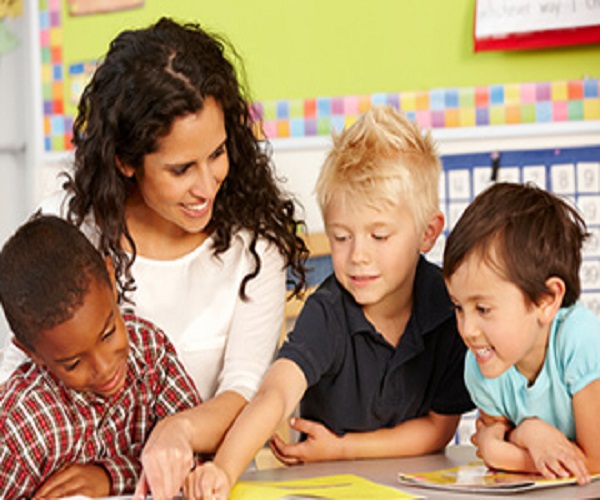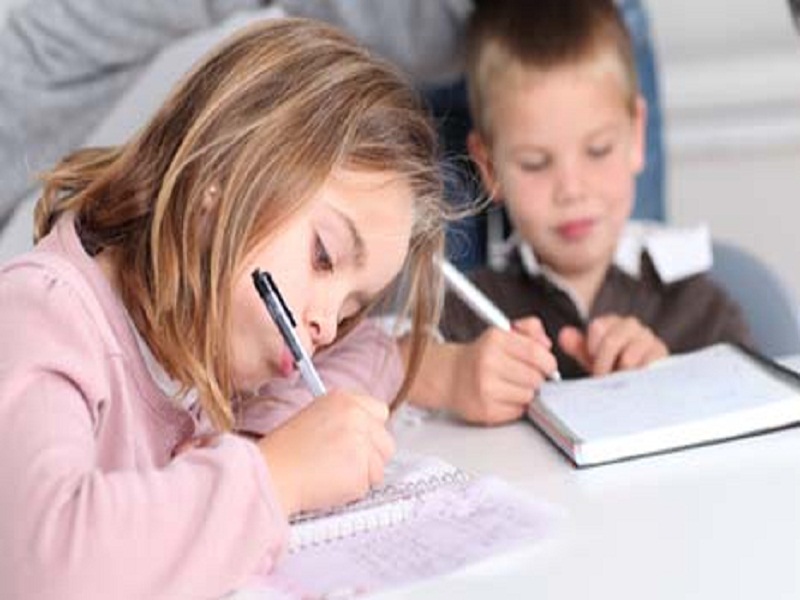In learning situations, cramming is denounced and all teachers advise their students to re-read their lesson in the evening to better memorize. But for students, the questions remain the same:
- How to reread effectively?
- How to avoid cramming ?
- How to memorize durably?
- What are the effective methods to revise ?
- How to learn otherwise?
The students sometimes say, “The teachers tell us to reread our lessons in the evening, but I do not care. It gets me drunk, so I spend three hours and I remember anything anyway! “. Of course, few people explain HOW to re-read their lessons and review effectively! In the end, many see apprehensions as a boring, compulsory, tasteless task: in short, the big chore … In these conditions, without pleasure or interest and even less project, how these children (and teenagers ) Can they learn? How to find ways to tell the brain that the information read, written, consulted and learned is important, that it has value, long-term interest … and that it deserves to be retained ?
10 methods to review, memorize and learn effectively

-
Talking about information to someone else
One way to signal important information to the brain is to talk about it, to play the teacher yourself. It may also involve asking questions about the subject in order to deepen it. I wrote an article about the art of (asking) questions to learn: Let us teach children to ask questions .
-
Flash cards
Flash cards are cards whose front and back side indicate two related information, often the question and answer (for example, 7 × 9 on the front and 63 on the back, an image and its translation into a foreign language). Self-making flash-cards to self-test reinforces the learning process. To learn more about flash cards, you can read this article: Memory technology and working method, flash cards.
-
Creating mental images and stories
Linking a word or phrase to an image makes it easier to remember. The ideal is even to invent a story from a list of words to memorize. In his book Object if Memoire , Helene Weber tells a story to remember the names of the planets in order: A superb SUN has near him a small thermometer with MERCURE. The sun is so hot that the thermometer bursts and the small balls of liquid metal roll in front of you. Curious and amused, a young woman you imagine beautiful, voluptuous and releasing a sweet perfume comes towards you. And what is the name of this pretty goddess? VENUS ! Venus plays, plays with the marbles of mercury. It takes shape in front of you and finally throws in the distance one of the marbles of mercury which lands with a resounding “boum” in the middle of your garden: on TERRE. But the marble is light and your garden, it bounces in that of your neighbor. Your neighbor is small, angry and snarling. And who is the god of war? MARCH. Mars is ready to jump on you to overcome you. But it is stopped in its impetus by a giant so great and powerful that it makes the whole earth tremble around you. You look up at this giant who is also your best friend: a lock of his hair slips on his forehead, forming the “J” of JUPITER: the king of the gods. On the T-shirt of Jupiter you can see the word SUN, which forms the beginning of the names of three planets: SATURNE, URANUS and NEPTUNE. Jupiter laughed out loud. At his feet runs Walt Disney’s little dog: PLUTO (N). Mathieu Protin delivers in his videos his tricks and tricks to retain the multiplication tables based on imagination and humorous stories. I invite you to read this article to understand the principle: The 4 keys to effective memorization: to be tested with your children .
-
Illustrate with concrete examples, pictograms or diagrams :
An included information is more easily memorized since it is explainable with its own words. But to understand an information, one must be able to illustrate it with phrases examples, pictos or diagrams.
Sample Phrases :
The girl of 5 ° to whom I helped me had to memorize a list of 5 words per heart, of which “deciduous”. She was able to recite the definition to me almost by heart, but I felt that she had not understood its meaning. I then asked her for an example of the use of this word and after a long hesitation, she replied: “outdated ham is obsolete. So I took the definition with her, I gave her an example I thought without imposing it on her if she preferred to find another one and she ended by saying to me: “But in fact, Means fashion past. “Bingo, the click was made! Illustration Pictos:
There is a village close to my home where there is a zoo known for its emblem: a gorilla that was raised almost as a child by the owners. I met a person who lived in that village, and to remind me of where she lived, I drew it next to her name written … and whenever I think of that person, I imagine A little gorilla in my head :-).
“A scheme is worth a thousand words. ” Always with my pupil of 5 °, we worked on the notion of global warming. However, I found that it was difficult to learn the definition of greenhouse gases. So I questioned her about the course and what the teacher had said. Answer: “Nothing, she just told us to copy the definition of the book. In order to start from her mental representations, I asked her to express in a diagram what her greenhouse gases were for her. From this scheme (which nevertheless represented a nuclear power plant as the sole source of climatic warming …), we went through the great floods in New York and New Orleans, the Fukushima tsunami, the possible disappearance of Seychelles, by electric cars before arriving at a correct pattern.
The sketch
I invite you to read this article to understand how to integrate pictograms and diagrams when taking note in class or when memorizing lessons: Sketchnote: a graphic and visual note taking to test with students.
The sketch can be introduced in class by teachers as a tool for presenting a lesson and / or as a note-taking tool for students.
The lapbook
A lapbook is a kind of booklet decorated and personalized that takes elements around a concept studied, in the form of drawings, paintings, writings, images, collages and graphics of all kinds.
The objective is to summarize information on a topic and to organize them with mobile means: flaps, pockets, wheels, pull tabs, flaps, envelopes, posts it … At each shape and each Is a concept.
The lapbooks are colored for a more pleasant to consult and a better organization of the elements.
More information for the steps of realization of a lapbook in this article: The lapbook, a learning and revision medium playful and effective .
-
Transform the lesson into a Mind Map
Rereading a lesson does not mean “just” rereading but also transforming it in a personal way to integrate and understand it. Passing a lesson in the form of a Mind Map is an effective means of proofreading because it requires selecting important information, thinking about the layout of the branches of the mental map, synthesizing information in keyword form, Illustration pictos.
Mind map of open questions – workshop of positive pedagogy (La fabrique à bonheurs)
You will find a complete description of the Mind Maps (or mental maps) and the methodology to build them on this link: Mind Mapping®
-
The watering technique
What is the most effective way to water a lawn? Water it for 90 minutes once a week or three times 30 minutes? It is the same for learning: it is better to prefer short and spaced sessions than long intensive sessions. The energy of the brain is then so mobilized to remain concentrated that there is not enough energy left for the process of memorization.
-
Wait two or three days before returning to the information
Some studies have even shown that it is more effective to return to a lesson several days after the first mention in class.One could thus dispense with this famous assertion: “Read again your lessons that evening! And wait two or three days.
-
Associate words to learn by heart to noises, places or movements
Contextual cues can help memorize. As demonstrated in the workshop of positive pedagogy that I followed, specialization (or technique of the loci) uses the memory of places and allows to learn with its body and its head:
- The information is deposited somewhere spatially,
- We mentally associate the word with the place,
- Each information (or verse of a poetry, for example) is placed in a room of the house or attached to an object: the child sets in motion to actually deposit the information,
- At each recitation or memorization, the learner redo the path in order by mentally reviewing the word associated with each place and says it aloud,
- At the moment of the restitution, the child can mentally visualize the part or the object and its movements.
- In addition, I advise you this article: 14 indispensable tools to learn .
-
The ideal intervals for revising according to the time remaining before the evaluation
In a 2008 study of 1,300 students at the University of California, scientists determined optimal intervals for learning information. If the assessment is within a week, it is best to schedule two sessions with a one or two-day interval. For example, for an evaluation Friday, studying Monday and revising Thursday would be the best solution.
-
The role of sleep
The brain processes and structures information overnight.
Neuroscientists insist on the role played by sleep in this phase of repetition and consolidation. They argue that after a period of learning, a period of sleep, even short, improves
- Memory
- the generalization
- The discovery of patterns
Improving sleep can be a very effective intervention to remedy learning problems.

